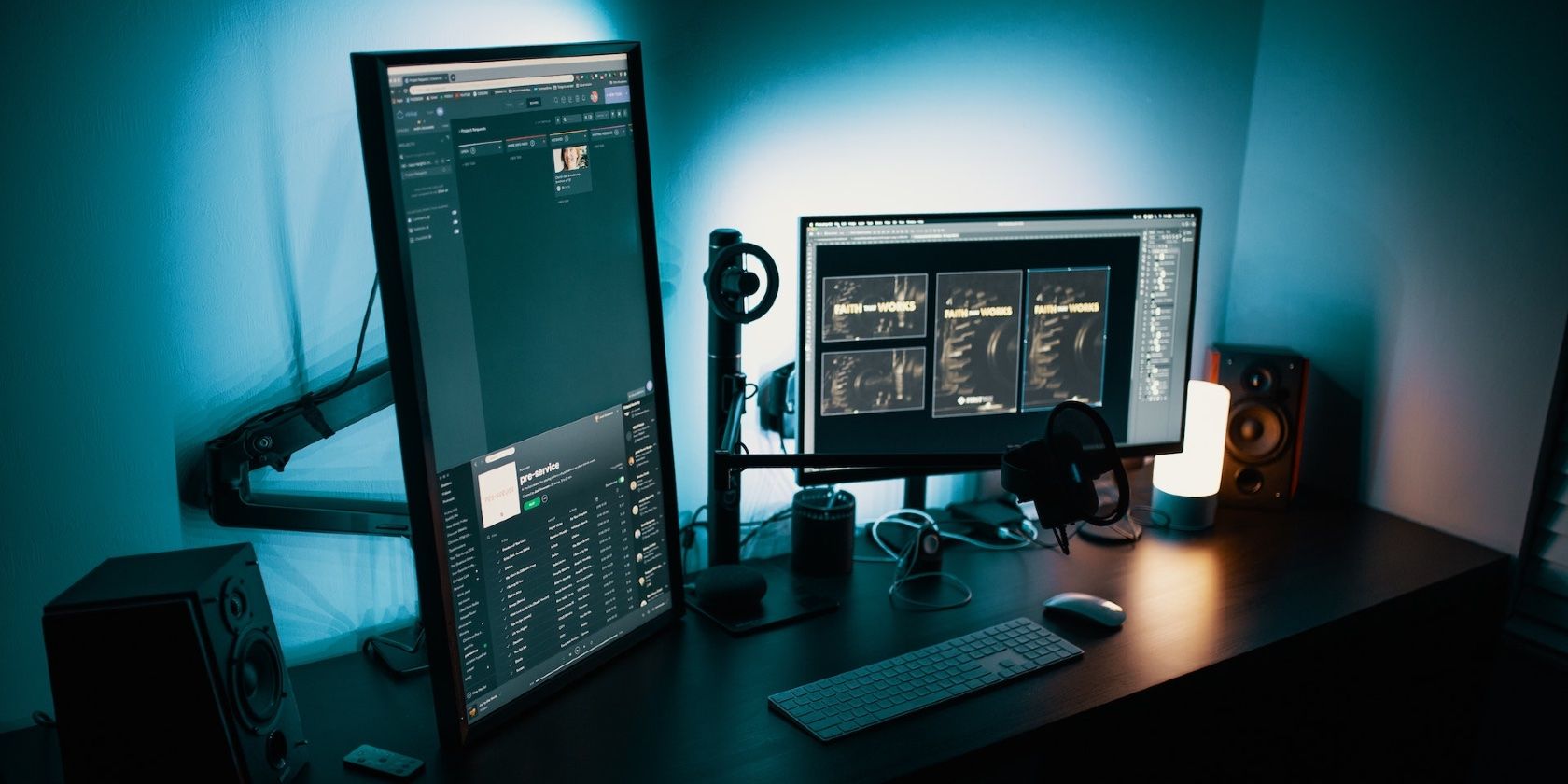Zesty Insights
Dive into the world of news and information with engaging articles.
Stream Like a Pro: Tricks to Make Your OBS Shine
Unlock your streaming potential! Discover pro tips and tricks to enhance your OBS setup and wow your audience today!
10 Essential OBS Settings for Streamers to Optimize Performance
When it comes to streaming, using OBS (Open Broadcaster Software) efficiently can significantly enhance your broadcast quality. Here are 10 essential OBS settings that every streamer should prioritize to boost performance. First and foremost, ensure you adjust your video settings. Set your resolution to match your internet upload speed—commonly 720p at 30 fps is a solid start for most streamers. Additionally, explore the output settings. Choose the right bitrate; generally, a bitrate of around 2500 to 6000 kbps works well depending on your upload speed and the platform you're streaming on.
Furthermore, don't overlook the importance of audio settings. Setting your audio bitrate to 160 kbps is typically sufficient, which keeps your stream clear without overwhelming your audience's bandwidth. Another vital point is the use of scene transitions. Streamlined transitions can enhance viewer experience while also conserving resources. Lastly, consider utilizing the advanced settings in OBS. Enabling hardware encoding can lessen the load on your CPU, allowing for smoother streaming. By focusing on these 10 essential OBS settings, you can optimize your streaming performance and provide a better experience for your audience.

How to Use OBS to Create Stunning Scenes and Transitions
Open Broadcaster Software (OBS) is a powerful tool that allows content creators to design stunning scenes and transitions for live streaming and recording. To get started, first download and install OBS on your computer, then familiarize yourself with its interface. Begin by creating a new scene by clicking the '+' button in the 'Scenes' section. Once your scene is set, you can add sources such as your webcam, game capture, or image files. Organizing and layering these sources properly is key to achieving a professional look, so experiment with different layouts to find what works best for your content.
Once your scenes are established, it's time to focus on transitions to enhance your viewers' experience. OBS offers a variety of built-in transitions, such as fades, cuts, and slides. To access these, navigate to the 'Scene Transitions' section and choose your preferred option. You can customize the duration of these transitions to make them more dynamic. For an added touch, consider creating custom transitions by using external tools for more unique effects. Effective use of transitions not only elevates the visual appeal of your stream but also keeps your audience engaged, making your content stand out.
Common OBS Mistakes: What Not to Do When Streaming
When it comes to using OBS (Open Broadcaster Software) for streaming, many users make common mistakes that can detract from the overall quality of their broadcasts. One such mistake is neglecting audio settings. Many streamers overlook the importance of proper audio levels, leading to either muffled sounds or overpowering noise. To avoid this, ensure that you monitor audio levels using the mixer in OBS. Additionally, consider using audio filters, such as noise suppression and gain control, to improve clarity and maintain a professional sound.
Another significant mistake is failing to optimize video settings before going live. Many streamers choose default settings without adjusting resolution, bitrate, or frame rate according to their hardware capabilities and internet speed. This can result in laggy streams or low-quality video that frustrates viewers. Always test your settings before starting a stream; consider using a service like Twitch or YouTube's built-in testing features to find an optimal configuration that will enhance the viewing experience.